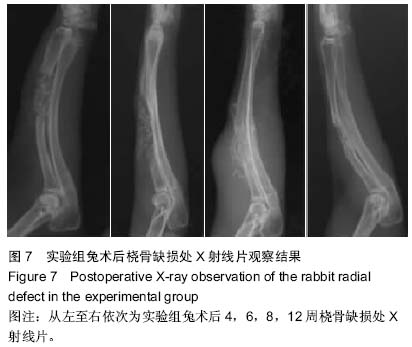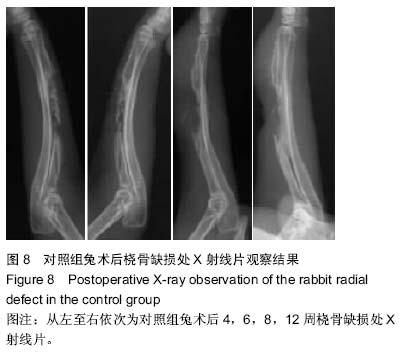|
[1] Luk KD, Lee CF, Cheung KM, et al. Clinical effectiveness of school screening for adolescent idiopathic scoliosis: a large population-based retrospective cohort study. Spine (Phila Pa 1976). 2010;35(17):1607-1614.
[2] Katz DE, Herring JA, Browne RH, et al. Brace wear control of curve progression in adolescent idiopathic scoliosis. J Bone Joint Surg Am. 2010;92(6):1343-1352.
[3] Schiller JR, Thakur NA, Eberson CP. Brace management in adolescent idiopathic scoliosis. lin Orthop Relat Res. 2010; 468(3):670-678.
[4] Gammon SR, Mehlman CT, Chan W, et al. A comparison of thoracolumbosacral orthoses and SpineCor treatment of adolescent idiopathic scoliosis patients using the Scoliosis Research Society standardized criteria. J Pediatr Orthop. 2010;30(6):531-538.
[5] Alegre-Aguarón E, Desportes P, García-Álvarez F, et al. Differences in surface marker expression and chondrogenic potential among various tissue-derived mesenchymal cells from elderly patients with osteoarthritis. Cells Tissues Organs. 2012;196(3):231-240.
[6] Chang CB, Han SA, Kim EM, et al. Chondrogenic potentials of human synovium-derived cells sorted by specific surface markers. Osteoarthritis Cartilage. 2013;21(1):190-199.
[7] Stokes IA, McBride C, Aronsson DD, et al. Intervertebral disc changes with angulation, compression and reduced mobility simulating altered mechanical environment in scoliosis. Eur Spine J. 2011;20(10):1735-1744.
[8] Kuroda R, Matsumoto T, Niikura T, et al. Local transplantation of granulocyte colony stimulating factor-mobilized CD34+ cells for patients with femoral and tibial nonunion: pilot clinical trial. Stem Cells Transl Med. 2014;3(1):128-134.
[9] Xue G, He M, Zhao J, et al. Intravenous umbilical cord mesenchymal stem cell infusion for the treatment of combined malnutrition nonunion of the humerus and radial nerve injury. Regen Med. 2011;6(6):733-741.
[10] Zhao Z, Hao C, Zhao H, et al. Injectable allogeneic bone mesenchymal stem cells: a potential minimally invasive therapy for atrophic nonunion. Med Hypotheses. 2011;77(5): 912-913.
[11] Kuroda R, Matsumoto T, Miwa M, et al. Local transplantation of G-CSF-mobilized CD34(+) cells in a patient with tibial nonunion: a case report. Cell Transplant. 2011;20(9): 1491-1496.
[12] Kallai I, van Lenthe GH, Ruffoni D, et al. Quantitative, structural, and image-based mechanical analysis of nonunion fracture repaired by genetically engineered mesenchymal stem cells. J Biomech. 2010;43(12):2315-2320.
[13] Timek TA, Goodman SB, Whyte RI. Treatment of irradiated poststernotomy sternal nonunion with autologous stem cell-impregnated bone matrix and sternal plating. J Thorac Cardiovasc Surg. 2010;139(3):788-789.
[14] Nakamura A, Akahane M, Shigematsu H, et al. Cell sheet transplantation of cultured mesenchymal stem cells enhances bone formation in a rat nonunion model. Bone. 2010;46(2): 418-424.
[15] Zilberman Y, Kallai I, Gafni Y, et al. Fluorescence molecular tomography enables in vivo visualization and quantification of nonunion fracture repair induced by genetically engineered mesenchymal stem cells. J Orthop Res. 2008;26(4):522-530.
[16] 杨武斌,王平,师彬.骨髓间充质干细胞的成骨性诱导[J].中华中医药学刊,2014,32(9):2158-2160.
[17] 代志鹏,许伟华,杨述华,等.人骨髓间充质干细胞的生物学特性及成骨诱导分化的研究[J].中国矫形外科杂志,2014,22(15): 1402-1407.
[18] 徐斌,周亮,王英明,等.同种异体脱钙骨与骨髓间充质干细胞关节腔内共培养:与同腔软骨性状的对比[J].中国组织工程研究, 2014,18(8):1165-1171.
师彬,杨武斌,王平.骨髓间充质干细胞诱导分化成骨细胞的研究现状[J].中国实验方剂学杂志,2014,20(19):228-231. |









